Internal linking, a key On-Page Optimization Training strategy, boosts user experience and SEO. Strategically placing links in content guides users and search engines, improving navigation, crawlability, and reducing bounce rates. Effective internal linking uses descriptive anchor text like "On-Page Optimization Training" for contextual relevance, avoiding penalties for spammy texts. Optimal link placement in paragraphs, lists, or subheadings enhances user experience while efficient crawling aids search engine indexing. Contextual links within a website direct readers to relevant content, improving site navigation and SEO performance by reducing bounce rates. On-Page Optimization Training teaches optimizing internal links, headings, meta descriptions, and structure for better CTRs, page load times, and search rankings through analytics KPIs. Seamless navigation with clear anchor text and logical connections benefits users and search engines alike. Specialized training covers advanced tactics like keyword placement, meta tag optimization, header tagging, and structured data for improved SEO and user experience.
Internal linking is a powerful strategy that can transform your website’s performance and user experience. In this comprehensive guide, we explore advanced internal linking techniques to elevate your on-page optimization training. From understanding essential concepts to implementing effective anchor text strategies, you’ll uncover the art of contextual links, enhanced navigation, and improved click-through rates. Learn how to measure success through performance tracking and master best practices for seamless user journeys.
Understanding Internal Linking Essentials

Internal linking is a fundamental SEO strategy that involves creating links within your website’s content to enhance user experience and search engine optimization. It’s a powerful tool to guide users and search engines through your site, boosting navigation and improving key metrics. By implementing effective internal linking techniques, you can significantly impact your website’s visibility and performance in search results.
On-Page Optimization Training equips professionals with the knowledge to master this art. It involves understanding how to strategically place links within content, ensuring a natural flow of information. The essence lies in balancing anchor text diversity, contextual relevance, and link placement to avoid penalties while reaping the benefits of improved crawlability, reduced bounce rates, and higher search rankings.
Strategies for Effective Anchor Text Use
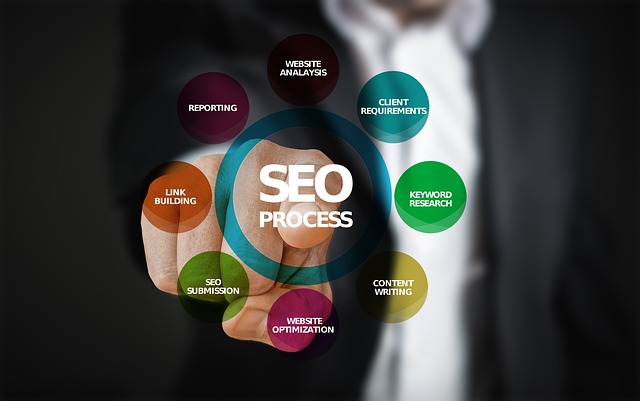
Creating effective internal links relies heavily on strategic anchor text use. Anchor text, the visible label used for a link, should be descriptive and relevant to the linked page’s content. Incorporating targeted keywords within anchor text not only aids search engines in understanding the context but also improves click-through rates by providing users with clear indications of what they can expect to find upon clicking.
For instance, instead of generic links like “click here,” use phrases that reflect the page’s focus, such as “learn more about SEO strategies” or “explore our On-Page Optimization Training resources.” This approach not only enhances user experience but also reinforces on-page optimization techniques, ultimately contributing to better search engine rankings.
Optimizing Link Placement on Pages

Optimizing link placement is a crucial aspect of on-page SEO training. When structuring your website, ensure that internal links are strategically placed within the content to enhance user experience and search engine crawling efficiency. Links should be integrated naturally into the text, providing seamless navigation for readers while avoiding the appearance of forced or spammy anchor texts.
Focus on placing links in areas where they offer additional context or support to the surrounding content. This could mean including them within paragraph text, as part of list items, or as subheadings that lead to relevant sections further down the page. The goal is to make internal linking a natural part of the user’s journey, allowing them to discover related content effortlessly while also improving the overall accessibility and organization of your website for search engine crawlers.
The Role of Contextual Internal Links

Contextual internal links play a pivotal role in enhancing user experience and search engine optimization (SEO). These links are strategically placed within the content to direct readers to relevant pages on the same website, making navigation seamless and information accessible. By using contextual anchors that accurately reflect the target page’s content, you not only improve site usability but also provide valuable On-Page Optimization Training for both users and search engines.
When a user stumbles upon a term or concept they’re unfamiliar with, a contextual internal link can offer immediate clarification by directing them to a detailed explanation on another page within the site. This not only helps visitors understand complex topics but also reduces bounce rates and increases session durations, which are key metrics in SEO success. For instance, if an article discusses “SEO best practices,” a contextual link could direct readers to another page that elaborates on “On-Page Optimization techniques.” Such strategic linking contributes to a better-informed audience and a more authoritative domain profile, making it a powerful tool for any website aiming to rank higher in search engine results.
Enhancing User Experience with Internal Links
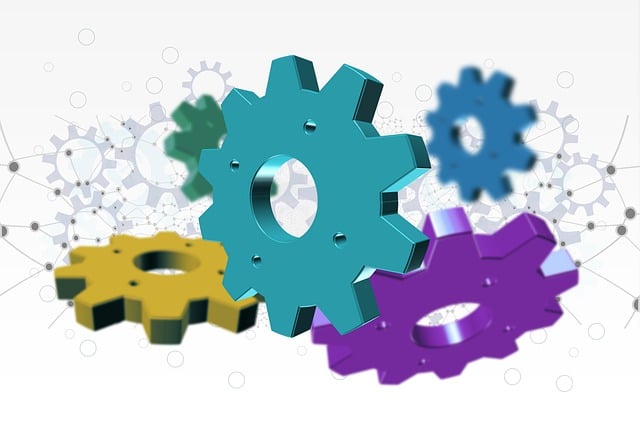
Internal links play a pivotal role in enhancing user experience, especially when strategically implemented as part of an effective on-page optimization training program. By connecting related content within a website, users can easily navigate and discover relevant information, improving their overall browsing satisfaction. This technique not only benefits visitors but also search engines, as it provides a clear site structure that aids in better crawling and indexing.
When incorporating internal linking, focus on creating meaningful connections between pages. Anchor text should be descriptive and accurately represent the linked content, ensuring both users and search algorithms understand the context. A well-optimized internal link structure can significantly improve page load times, reduce bounce rates, and encourage deeper engagement with website content, ultimately contributing to better SEO outcomes.
Techniques to Improve Click-Through Rates
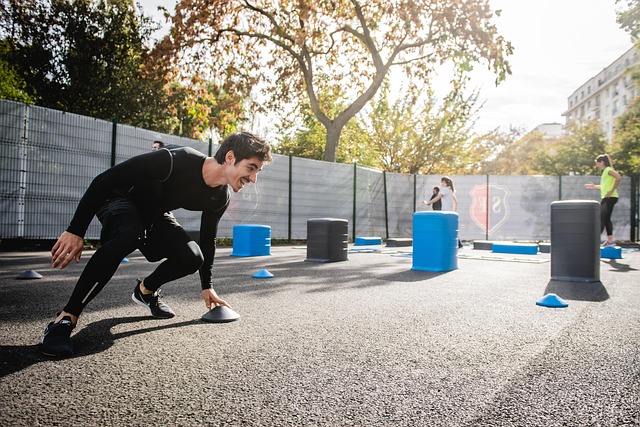
Improving click-through rates (CTR) is crucial for any website aiming to boost user engagement and search engine rankings. One effective strategy is optimizing your content for on-page SEO, which involves a deep dive into various techniques. By enhancing headings, meta descriptions, and internal linking structures, you can make your pages more appealing to both users and search engines.
On-Page Optimization Training plays a pivotal role in mastering these techniques. It equips content creators with the knowledge to craft compelling titles that accurately reflect page content, thereby enticing clicks. Additionally, it teaches the art of writing descriptive yet concise meta descriptions, which not only improve CTR but also enhance your site’s visibility in search results.
Measuring Success: Tracking Internal Link Performance

Measuring the success of internal linking involves tracking its performance, which is a crucial aspect of on-page optimization training. By utilizing analytics tools, content creators and SEO professionals can gain valuable insights into how users navigate through their website. Key metrics to monitor include click-through rates (CTRs) from internal links, time spent on page after clicking, bounce rates, and user engagement. These data points help identify high-performing pages and content that drives traffic, as well as areas for improvement.
For instance, if a specific internal link consistently has a low CTR or high bounce rate, it might indicate a need to optimize the linked content or reevaluate its placement. On the other hand, links that drive significant user engagement and time on page suggest effective content interlinking. Such insights enable informed decisions for future internal linking strategies, ensuring continuous improvement in website architecture and user experience through on-page optimization training.
Best Practices for Seamless Navigation
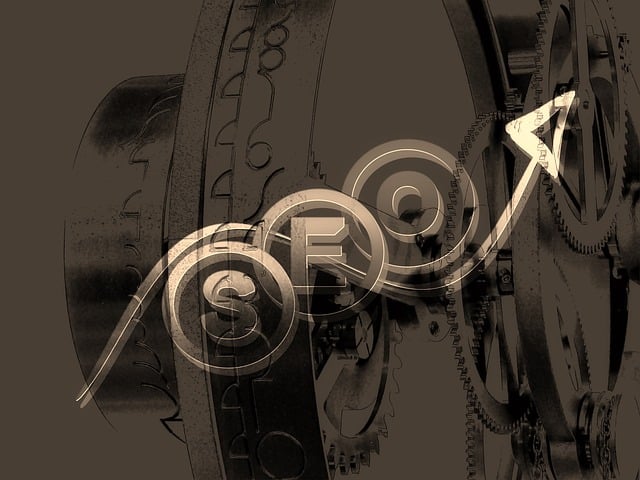
Creating a seamless navigation experience is paramount for effective internal linking techniques, ensuring users and search engines alike can effortlessly traverse your site. Best practices involve implementing clear and concise anchor text that accurately reflects the linked page’s content, enhancing both user-friendliness and SEO performance. Each internal link should serve a purpose, logically connecting relevant pages to maintain a natural flow.
On-Page Optimization Training is valuable in teaching strategies like structuring content with consistent internal links, optimizing for keyword relevance, and ensuring mobile responsiveness. By integrating these practices, you can create a user-friendly environment that encourages exploration while boosting search engine rankings.
Advanced Tactics for On-Page Optimization
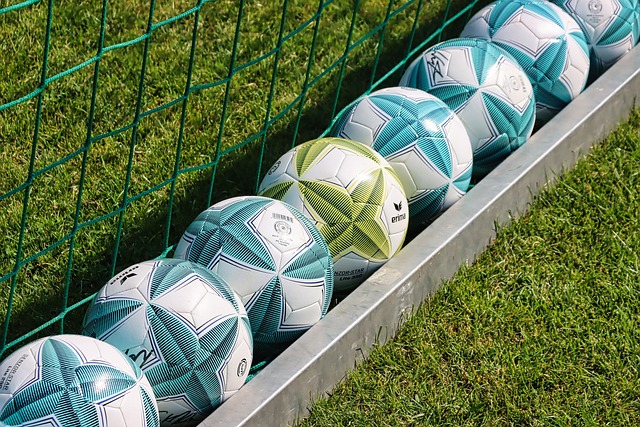
To master advanced tactics for on-page optimization, digital marketing professionals often turn to specialized training programs that delve into intricate strategies. These programs equip users with the knowledge to optimize content effectively, ensuring search engines can easily crawl and index web pages. By learning techniques such as keyword placement, meta tag optimization, and internal linking mastery, marketers enhance the overall user experience while aligning their websites with best SEO practices.
On-page optimization training goes beyond foundational concepts. It explores dynamic strategies like header tagging, image alt text optimization, and structured data implementation. These tactics not only boost search engine rankings but also foster better click-through rates by presenting content in a more organized and appealing manner. Through hands-on exercises and case studies, advanced training programs empower marketers to stay ahead of algorithm updates, continually refining their on-page SEO skills.
